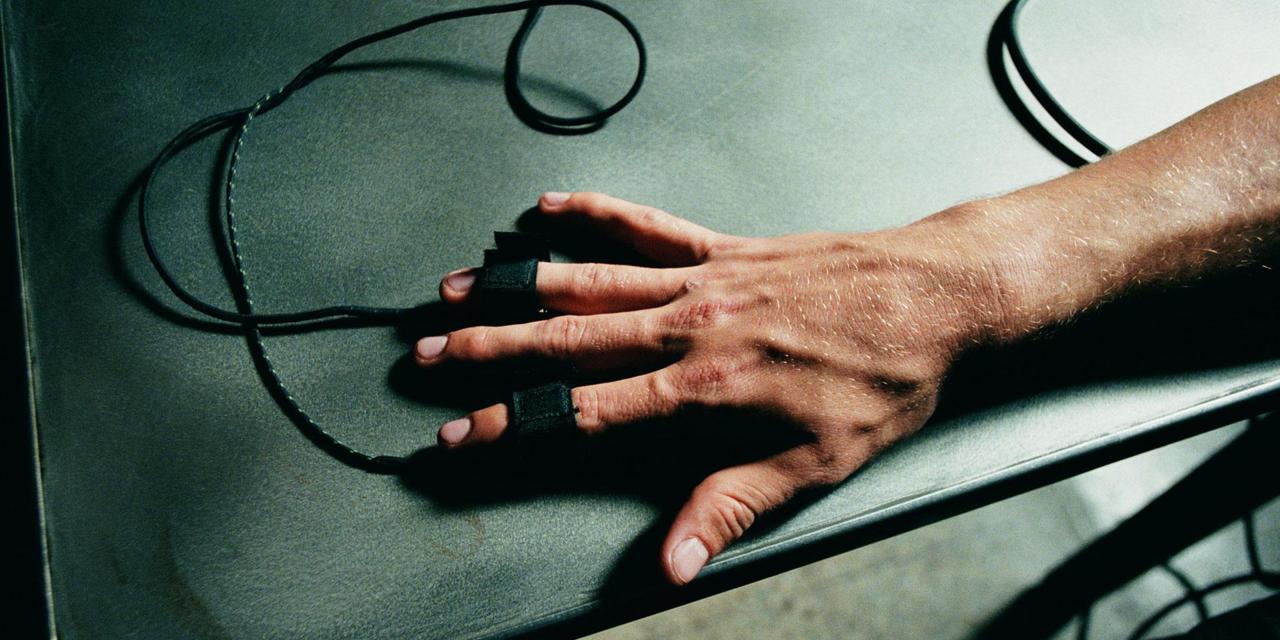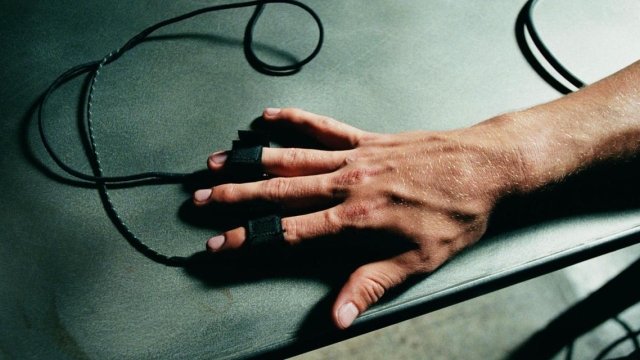
Welcome to the intriguing realm of lie detector tests where truth and deception intersect in a complex dance of technology and psychology. Utilized in various settings, from legal proceedings to job screenings, lie detector tests, also known as polygraphs, have fascinated and confounded people for decades. This powerful tool claims to uncover hidden truths by detecting physiological changes that may indicate deceit, but the debate rages on about their accuracy and reliability. Let’s delve deeper into the inner workings of lie detector tests and explore the controversies surrounding their use in society.
History of Lie Detector Tests
Lie detector tests, also known as polygraph tests, have a fascinating history that dates back to the early 20th century. The development of the lie detector test is often credited to John Augustus Larson and Leonard Keeler, who were prominent figures in the field of forensic science. They worked on refining the polygraph machine to measure physiological responses such as changes in heart rate, blood pressure, and skin conductivity.
The first practical lie detector test was introduced in the 1920s and gained popularity within law enforcement agencies as a tool for interrogation and criminal investigations. Over the years, the use of polygraph tests has expanded beyond the realm of law enforcement to include areas such as pre-employment screenings, national security clearances, and even in popular culture as a dramatic device in movies and TV shows.
Despite its widespread use, the accuracy and reliability of lie detector tests have been a subject of debate among experts and critics. While proponents argue that polygraph tests can detect deception with a high degree of accuracy, skeptics point out the limitations and potential for errors in interpreting physiological responses as indicators of lying. The history of lie detector tests is marked by ongoing research and advancements in technology aimed at improving the reliability and effectiveness of these controversial tools.
How Lie Detector Tests Work
When a person takes a lie detector test, sensors are placed on their body to monitor physiological reactions. These sensors typically measure indicators like heart rate, blood pressure, respiratory rate, and skin conductivity. The theory behind lie detector tests is that deceptive answers may produce noticeable changes in these physiological responses.
During the test, the person being examined is asked a series of questions, including control questions and relevant questions. Control questions are meant to establish baseline physiological responses, while relevant questions are directly related to the issue being investigated. The idea is that deceptive answers to relevant questions will result in greater physiological activity compared to non-deceptive answers.
The data collected by the sensors is then analyzed by a trained examiner to determine the likelihood of deception. This analysis involves looking for patterns in the physiological responses that may indicate stress or arousal associated with lying. While lie detector tests are widely used, their accuracy and reliability remain a topic of debate in the scientific community.
http://floridapolygraphexams.com/
Debunking Common Misconceptions
Lie detector tests are not foolproof. It’s important to understand that these tests measure physiological responses, such as heart rate and sweating, which can be influenced by a variety of factors. Contrary to popular belief, a person can still deceive a lie detector test by remaining calm and controlling their reactions.
Another common misconception is that lie detector tests are always admissible in court. In reality, the admissibility of polygraph results varies by jurisdiction and is often subject to strict guidelines. Courts may not always consider these tests as conclusive evidence due to their potential for errors and the subjective interpretation of the results.
Overall, it’s crucial to recognize that lie detector tests are not mind-reading devices. While they can be a useful tool in certain situations, they are not definitive proof of deception. Understanding the limitations and nuances of these tests is essential in order to accurately interpret the results and avoid placing undue reliance on them.









